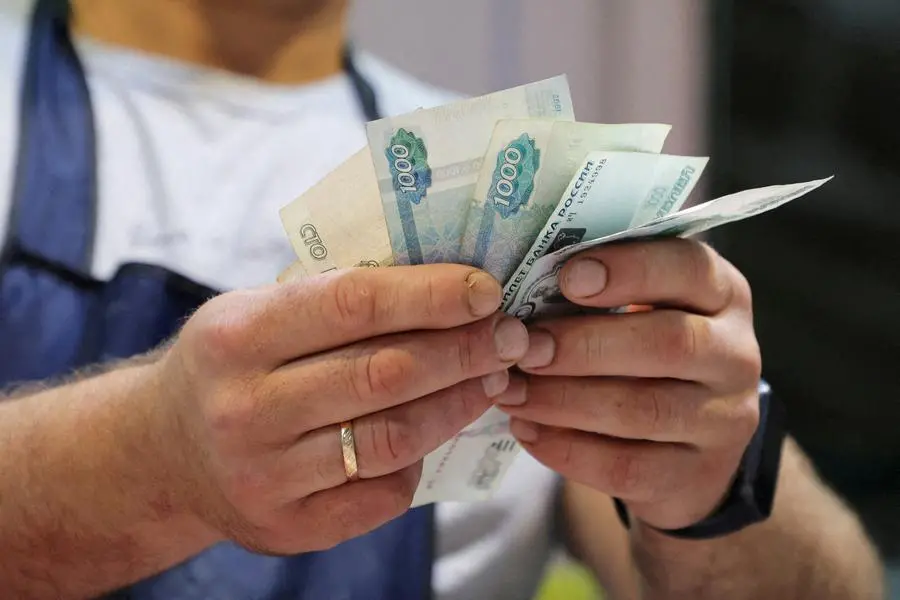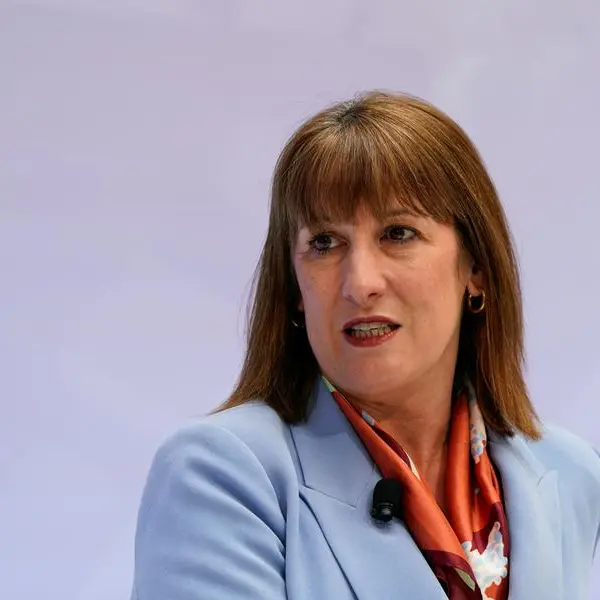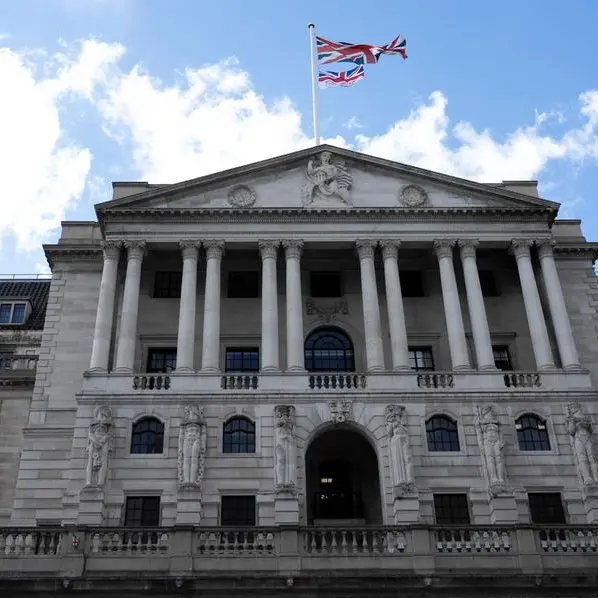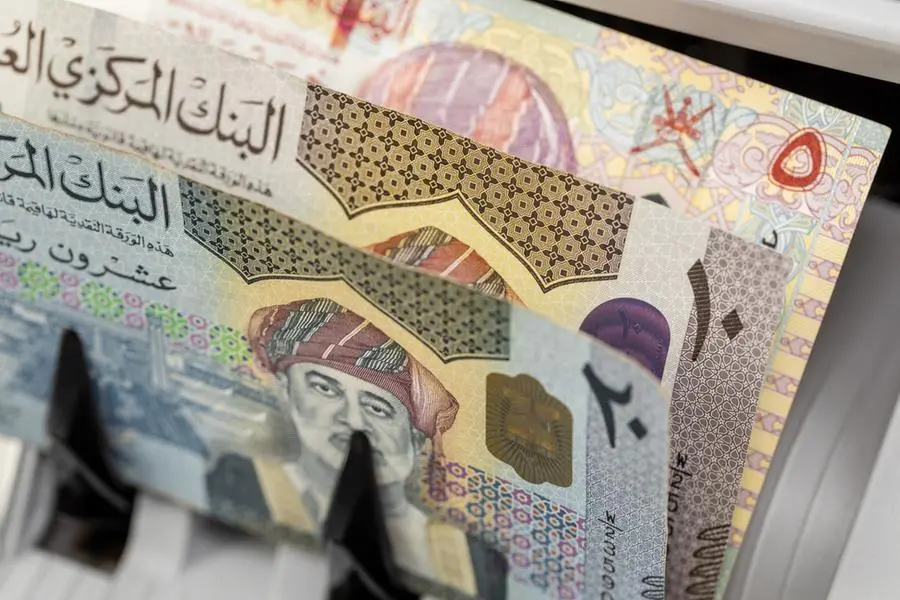PHOTO
FILE PHOTO: A vendor counts Russian rouble banknotes at a market in Saint Petersburg, Russia July 9, 2023. REUTERS/Anton Vaganov/File Photo
The Russian rouble strengthened in volatile, low volume trade on Tuesday, with the Russian market still jittery following new sanctions on Russia's key financial systems that led to a halt in exchange trading in dollars and euros in Moscow.
Sanctions on Moscow Exchange and its clearing agent, the National Clearing Centre (NCC), have led to a range of varying prices and spreads as trading shifted to the over-the counter (OTC) market from June 14, obscuring access to reliable pricing for the Russian currency.
On the interbank market, where liquidity can be low as major Russian banks that have been sanctioned cannot participate, the rouble traded 2% higher at 86.20 by 0817 GMT against the dollar.
The average dollar-rouble mixed composite rate, calculated by LSEG and based on data from international brokers and counterparties, stood at 86.20, demonstrating that the previously seen wide spreads - the difference between buying and selling prices - were narrowing.
The central bank's official dollar-rouble rate was set at 87.37 for June 25, calculated on the basis of OTC trading.
The rouble strengthened sharply after the sanctions were imposed amid low liquidity, caused by various technical difficulties to do with interbank limits when closing FX deals on the OTC market and as traders closed foreign currency positions.
Against the yuan, the rouble was steady at 11.69, according to an analysis of the OTC market. It had strengthened sharply against the yuan in the previous session on news that the Bank of China was stopping processing yuan payments involving sanctioned Russian banks.
The yuan had surpassed the dollar to become the most traded currency with the rouble in Moscow before the new sanctions were imposed. It accounted for a 54% share of the FX market in May.
Ongoing issues with paying for imports, particularly with China, are hindering a faster weakening of the rouble.
The rouble has eased from one-year highs reached in mid-June since the government softened capital controls that have been supporting the rouble since October. The volume of foreign currency revenue that exporters must convert into roubles was reduced to 60% from 80%.
Brent crude oil, a global benchmark for Russia's main export, was unchanged at $85.98 a barrel.
(Reporting by Alexander Marrow; Editing by Angus MacSwan)





















